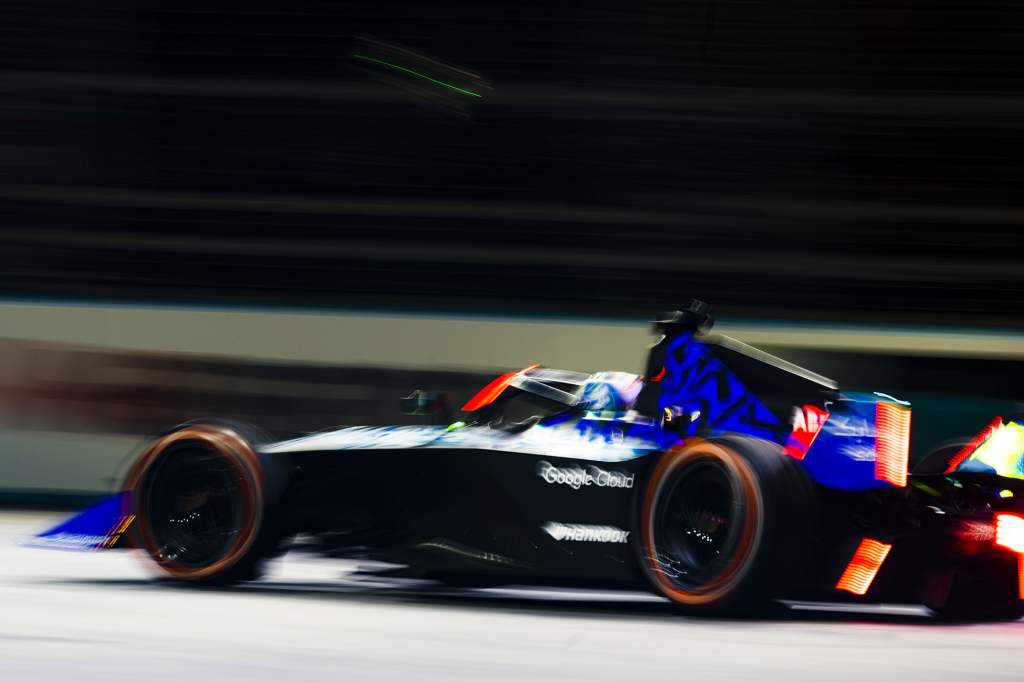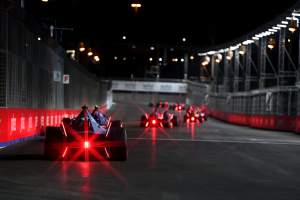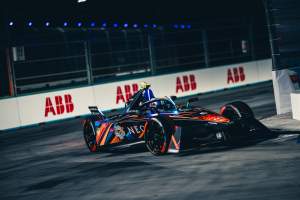Plans for an evolution of the current Formula E car that will include an active front powertrain kit are almost agreed and are set to be validated shortly for introduction in the 2025 season.
The Race can reveal that the intention is for full active usage of the spec FPK at the start of races, in qualifying and potentially within the mandatory attack mode boost periods.
The FIA and Formula E have collaborated intensely in recent months to come up with a new look and additional technical parameters for the second iteration of the Gen3 car that was introduced at the start of 2023.
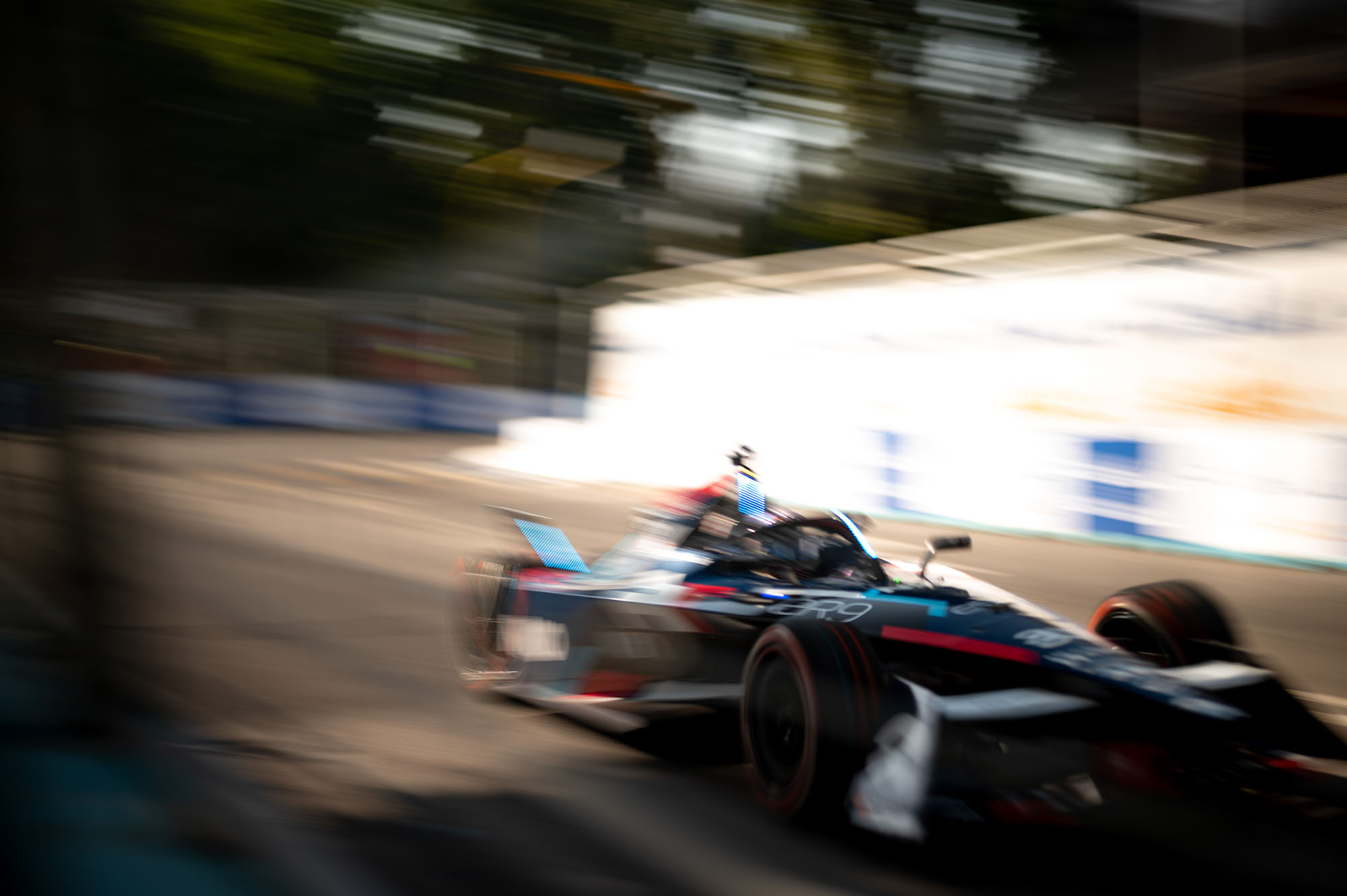
Speaking to The Race last month, Formula E’s sporting and technical Dieter Gass said that the motivation and intention for the updated car will be to “improve the spectacle” but that it didn’t need to be a radical change.
“We want to keep it where it is because I think we’ve had some quite spectacular races this year with the Gen3,” he continued.
“If you manage to keep that up you will be very good already. That’s exactly the target that we follow.”
Gass added that Formula E wants to “develop the spectacle that you get from the pure pace of the cars, not only from the fighting and the position changes and everything”.
This will include using the FPK, which is supplied by American EV tech specialist Atieva, to visually enhance the speed of the cars at certain periods of the race including the start.
“That [front powertrain usage] is going to be limited, obviously,” said Gass.
“The planning for the time being is the start, most likely in the attack mode and qualifying. Really the elements at the moment where you can see and use the pace of the car.”
Gass wouldn’t elaborate on the possible new look of the cars from 2025 onwards but The Race understands that there will be a noticeable change.
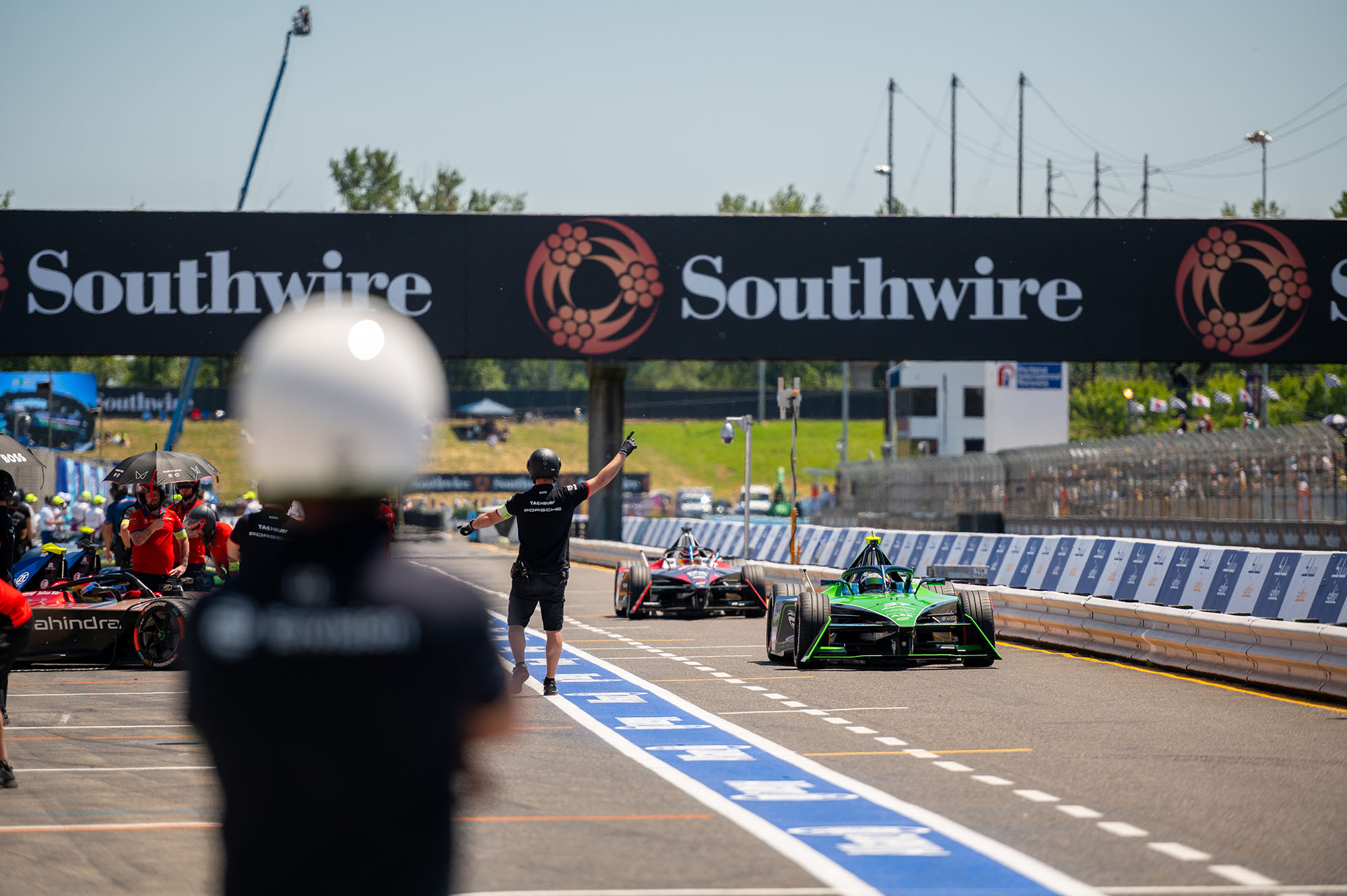
Some sources that have seen initial schematics of the design state that there will be a small amount of increased surface area visibility for partner opportunities, something which commercial managers from manufacturers and teams have been lobbying for over the last year.
When asked about the aesthetics of the car, Gass said “that’s always a very subjective thing. I would say it’s very visible [aero changes]. It’s really very visible, and I have to say I think they did a good job on it.”
The changes will come into play for 2025 but are set to begin testing from next summer onwards.
In addition to the FPK and bodywork changes there will also be a new spec tyre supplied by Hankook.
The present all-weather tyres have been criticised by many drivers for being too hard.
Manfred Sandbichler, Hankook’s European motorsports director, said that the key question here for Hankook was what the “whole structure of Formula E was and what is the future orientation?” because that would influence its next product for the series.
“Should we go with the format where we are now? Or is there a significant change planned?” Sandbichler told The Race.
“It doesn’t matter because we are able to do both ways, we can go as we are at the moment – that means a really long life tyre with good wet performance, with a good dry performance – or we go the other way around, pushing the tyre more into performance levels.
“For us, at the end of the day, whatever we get asked, we will do it.”
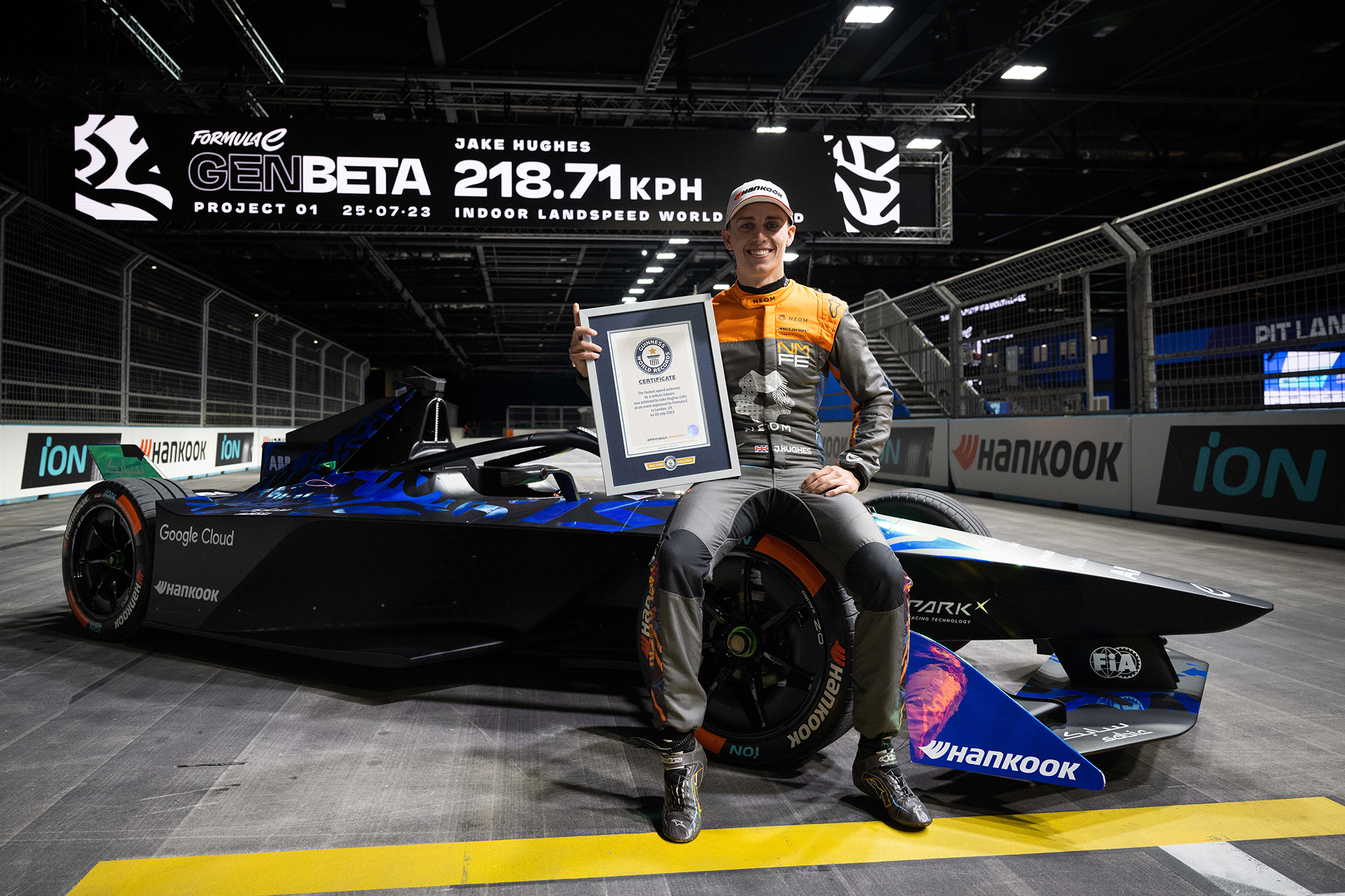
Prior to the final E-Prixs in London last month the FIA and Formula E ran the so-called GenBeta car for a successful attempt on the Guinness indoor world speed record.
Jake Hughes set the new record of 135.5mph on the Tuesday prior to the ExCeL races on the main straight of the circuit in a modified Gen3 car.
Describing the tyres used on this car as an experimental product, Sandbichler denied elements of it could be used in the Gen3 Evo car for the 2025 season and beyond.
“This was a tyre which was developed specially for this record, so that means we don’t put any effort into wet, as we put all the effort into the dry performance,” he explained.
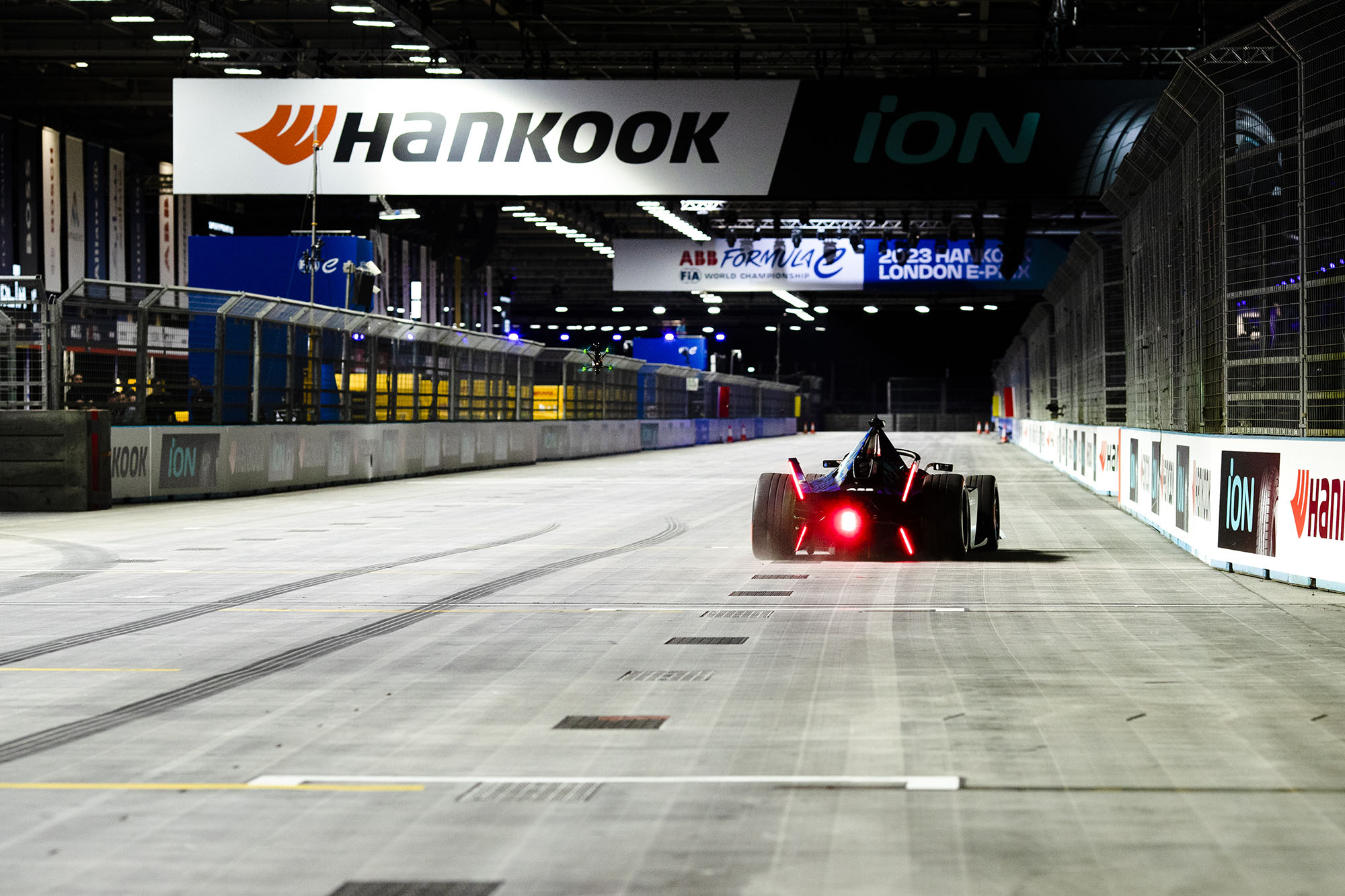
“That means we need grip, low rolling resistance and extremely fast heating up of the tyre. This was the target for this car.
“This is nothing which we can adapt to a regular race tyre for the whole season for the whole championship.
“For sure, we learned a lot during the development work on this tyre, but this is nothing which we can adapt now to season 11 or whatever. Kind of an experimental tyre.”
The balance between keeping the current sporting format and mix of styles in racing terms and improving the product has been the overarching existential topic being juggled by all parties involved in the evolution of the Gen 3.5 car in recent months.
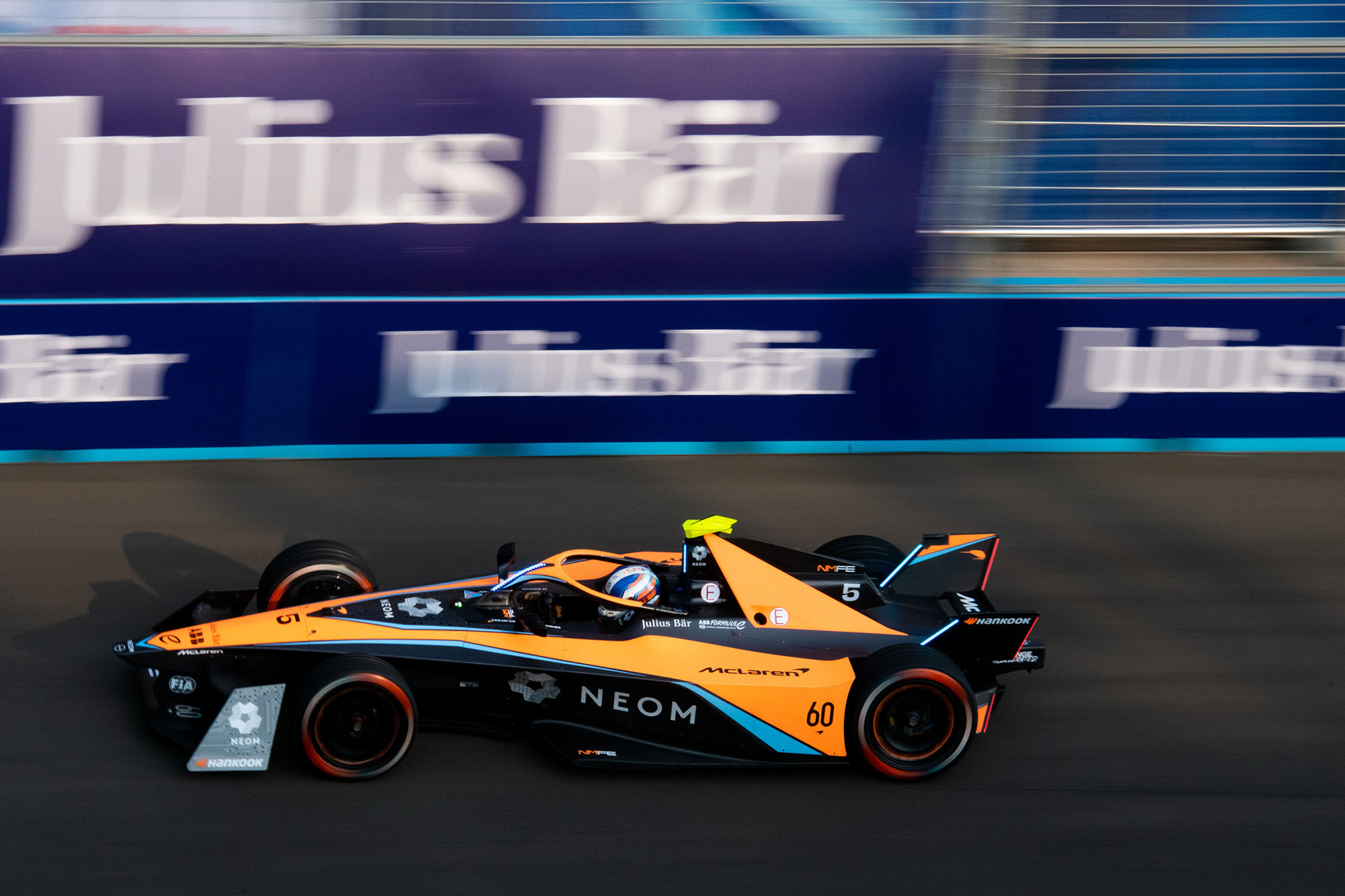
Formula E Teams and Manufacturers’ Association chairman and McLaren team boss Ian James alluded recently that he sees it as a decision that has to find a fertile ground between keeping the best elements of current Formula E racing with advancing the spectacle for fans and team alike.
“We’ve got to be super careful on it but at the same time we’ve got to be careful that we’re not too conservative just because something is working well now,” James told The Race.
“We’ve got to continue to move things along and fast charging has always been on the road map for Gen3 at some point.
“It’s key that we reach the right level of maturity for this product, so when it does get implemented we’ve got the confidence that it’s going to add to the show.
“One thing that we’ve been very clear on – this is on the Gen3 Evo stuff or the Gen4 discussions – that whatever direction we take, whatever decisions we take, especially from the technical perspective, it has to add to the show and add value.
“We can’t do it just for the sake of it, that’s absolutely key.
“But the right discussions are taking place on that at the moment.”


